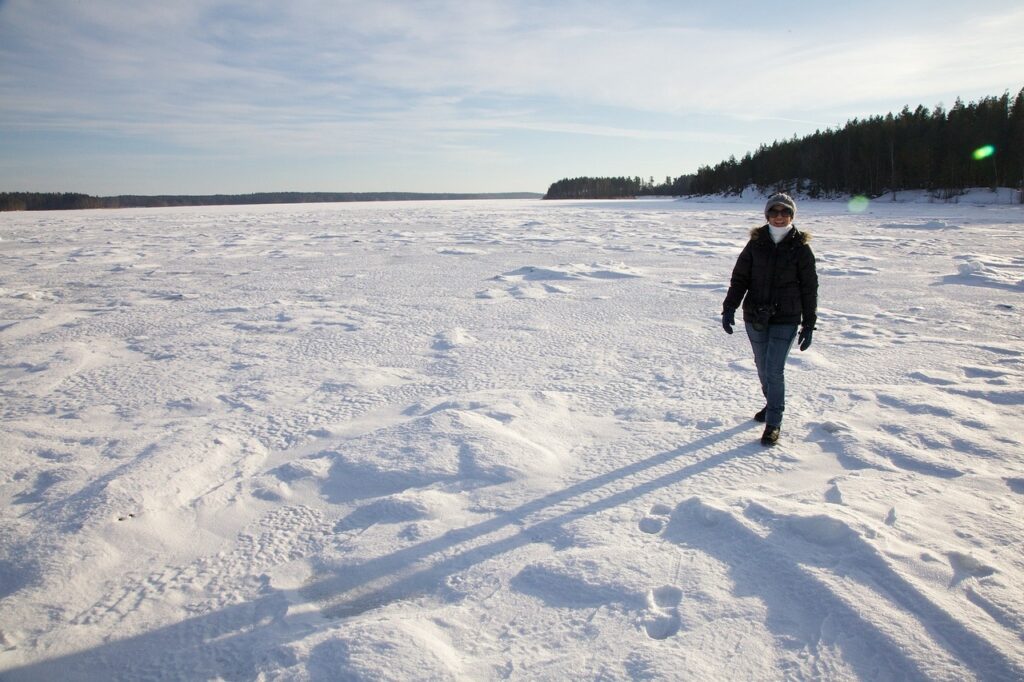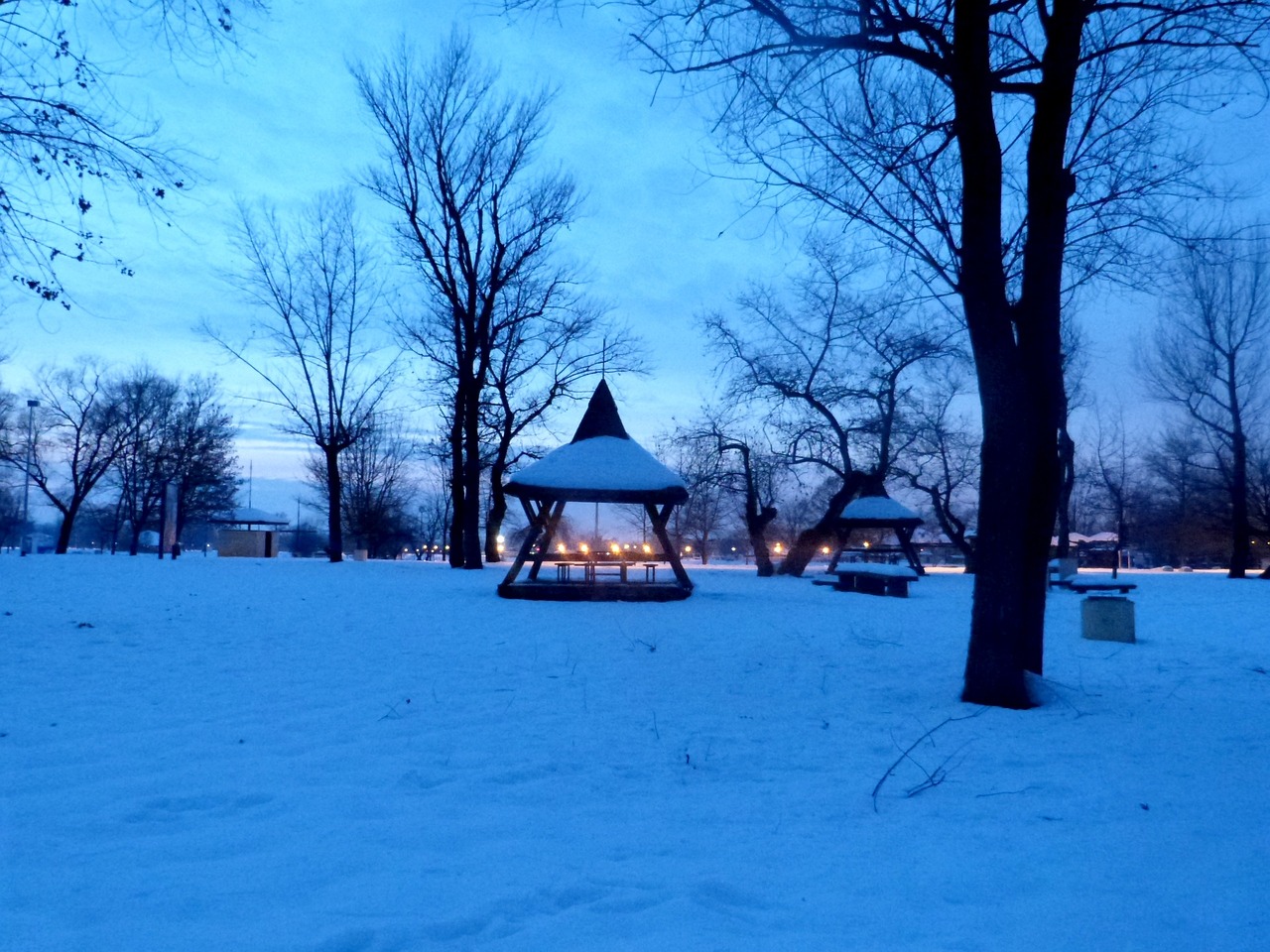So you’re planning a trip to Panama City, Florida and you want to know when is the coldest time to visit? Well, the answer to your question is quite simple – January is the coldest month in this sunny city. Even though Panama City enjoys mild temperatures and a pleasant climate for most of the year, January tends to bring a slight chill, giving you the perfect opportunity to enjoy some cooler weather in this picturesque beach destination. Whether you’re just looking to escape the winter blues or want to experience a different side of Panama City, January is the month to embrace the refreshing coolness it has to offer. The average temperature in Panama City, Florida varies depending on the time of year. In this article, we will explore the climate of Panama City, particularly during the winter months. We will also examine the coldest month in Panama City, the factors that affect winter temperatures, winter activities in the area, dressing tips, seasonal tourism, and a comparison to other Florida cities. We will also take a look at the historical climate records and the potential impact of climate change on Panama City’s coldest month. Let’s dive in!

Average Temperature in Panama City Florida
Panama City, located in the Florida Panhandle, experiences a subtropical climate. The winter months in this region are generally mild, but there is still a noticeable drop in temperature compared to the warmer seasons. To get a better understanding of the coldest month in Panama City, let’s first explore the overall climate of this beautiful coastal city.
Climate of Panama City
Panama City enjoys a pleasant climate for most of the year, with warm summers and mild winters. The area experiences an average annual temperature of around 68°F (20°C). Summers can be hot and humid, with temperatures often reaching the 90s°F (32-37°C). On the other hand, winters are relatively mild, with average temperatures ranging from 46°F to 65°F (8-18°C).
Panama City’s Winter Months
The winter months in Panama City span from December to February. During this time, temperatures are generally cooler, making it a popular destination for those seeking a break from colder climates. However, it’s important to note that even in the coldest month, Panama City’s winters are still relatively mild compared to northern regions. Let’s take a closer look at the coldest month in Panama City.
The Coldest Month in Panama City
January is typically considered the coldest month in Panama City. During this time, the average high temperature hovers around 62°F (17°C), while the average low temperature dips to around 42°F (6°C). Although these temperatures may not be as frigid as what you might experience in northern states, it’s important to plan accordingly if you visit during this time.
January Temperatures
While January serves as the coldest month, the temperatures in Panama City are still relatively mild compared to other parts of the country. It’s not uncommon for daytime temperatures to reach the mid-60s°F (around 18-20°C). However, as the sun sets, the temperature can drop significantly, so it’s advisable to carry a jacket or sweater to stay comfortable.
Historical Coldest Days in January
Over the years, Panama City has experienced a few exceptionally cold days in the month of January. The coldest recorded temperature in Panama City was 7°F (-14°C), which occurred on January 21st, 1985. While extreme cold temperatures like this are rare, it’s always good to be prepared with appropriate winter clothing if you find yourself visiting during a particularly cold spell.

This image is property of pixabay.com.
Factors Affecting Winter Temperatures in Panama City
Several factors influence the winter temperatures in Panama City. These include the influence of cold fronts, the effect of El Niño and La Niña, and the impact of the Gulf Stream. Let’s explore each of these factors in more detail.
Influence of Cold Fronts
Cold fronts play a significant role in determining the winter temperatures in Panama City. These fronts, which result from the movement of cooler air masses, can cause a sudden drop in temperature. When a cold front passes through the area, it can bring a few chilly days followed by a return to milder conditions. This fluctuation in temperatures is often observed during the winter months.
Effect of El Niño and La Niña
El Niño and La Niña are climatic phenomena that have a direct impact on weather patterns around the world, including Panama City. El Niño, characterized by warmer than average sea surface temperatures in the Pacific Ocean, can lead to milder winters in Panama City. Conversely, La Niña, characterized by cooler than average sea surface temperatures in the Pacific Ocean, can result in colder winters.

This image is property of pixabay.com.
Impact of Gulf Stream
The Gulf Stream, a warm ocean current that flows along the eastern coast of the United States, also affects the winter temperatures in Panama City. As the Gulf Stream moves northward, it brings relatively warm water from the Gulf of Mexico to the coast of Panama City, moderating the winter temperatures. This phenomenon helps keep the winters in Panama City milder compared to regions further inland.
Winter Activities in Panama City
Despite the cooler temperatures, there are still plenty of enjoyable activities to partake in during the winter months in Panama City. From exploring the pristine beaches to indulging in fishing opportunities, winter in this coastal city offers a unique experience.
Beach Exploration
While swimming may not be ideal during this time, winter is the perfect season to take leisurely walks and explore the beaches of Panama City. The calm waves and fewer crowds offer a serene atmosphere. Take a stroll along the white sandy beaches, collect seashells, and enjoy the tranquility of the ocean.

This image is property of pixabay.com.
Fishing Opportunities
Panama City is renowned for its fishing opportunities, and winter is no exception. The cooler temperatures bring different species of fish closer to the shore, offering great opportunities for anglers. From redfish to Sheepshead, there’s a variety of fish to target during the winter months. Make sure to check local regulations, obtain the necessary licenses, and hire a knowledgeable guide for an unforgettable fishing experience.
Dressing Tips for Panama City’s Winter
When visiting Panama City during the winter, it’s important to dress appropriately to stay comfortable in the fluctuating temperatures. Layering clothing and wearing essential winter accessories can help you adapt to the changing weather conditions.
Layering Clothing
Layering is key when it comes to dressing for the winter in Panama City. Start with a lightweight base layer made of moisture-wicking material to keep you dry. Add a warm middle layer such as a sweater or fleece to provide insulation. Top it off with a windproof and waterproof outer layer, like a jacket or coat, to protect against any sudden changes in weather.

Essential Winter Accessories
Don’t forget to bring along some essential winter accessories to stay warm and protected. A hat or beanie, gloves or mittens, and a scarf are must-haves to keep your extremities cozy. Opt for waterproof footwear to keep your feet dry, especially if you plan on exploring the beaches or engaging in water-based activities.
Seasonal Tourism in Panama City
Panama City experiences a boost in tourism during the winter months. There are several advantages to visiting this beautiful city during this time, including the milder temperatures and the availability of exciting tourist attractions.
Advantages of Visiting in Winter
Visiting Panama City in winter offers a pleasant escape from colder climates. The milder temperatures make outdoor activities more enjoyable, and the smaller crowds allow for a peaceful and relaxing vacation experience. Additionally, accommodations and flights during the winter months are often more affordable, making it an ideal time to plan a trip.
Tourist Attractions During Winter
Panama City boasts a range of tourist attractions that can be enjoyed during the winter months. Visit St. Andrews State Park for breathtaking nature trails and birdwatching opportunities. Explore the historic downtown area, known as St. Andrews, for its charming shops and restaurants. Don’t miss out on Panama City Beach’s Pier Park, a bustling entertainment hub with shopping, dining, and entertainment options for the whole family.
Comparison to Other Florida Cities
When it comes to winter temperatures, Panama City differs from some of the more well-known Florida cities like Miami and Orlando. Let’s take a closer look at the temperature differences among these cities and compare their winters.
Temperature Differences Among Florida Cities
Florida is known for its diverse climate, and the temperature variations between cities can be quite significant. While Miami and Orlando experience milder winters compared to Panama City, each city has its own unique weather patterns and attractions that make it worth a visit.
Winter Comparisons to Miami and Orlando
Miami and Orlando both have a subtropical climate, but their winter temperatures differ from Panama City. In Miami, the average January high temperature is around 74°F (23°C), with lows averaging around 60°F (16°C). Orlando experiences similar temperatures, with average highs around 71°F (22°C) and average lows around 49°F (9°C). Both cities tend to have warmer winters compared to Panama City, making them popular destinations for those seeking a sun-filled winter escape.
Historical Climate Records
To gain a better understanding of Panama City’s coldest month and its changing climate, it’s helpful to examine historical climate records. By tracking temperature data, we can identify any trends or changes that have occurred over the years.
Tracking Temperature Data
Panama City has been recording temperature data for many years, providing valuable insights into seasonal patterns. By analyzing these records, meteorologists and climatologists can better understand the climate of the region and its potential changes over time.
Changes in Winter Temperatures
While it is difficult to ascertain long-term trends solely from historical climate records, some studies suggest that winter temperatures in Panama City have been gradually increasing over the past few decades. This could be attributed to the overall phenomenon of global warming, which we will explore in the next section.
Climate Change and Panama City’s Coldest Month
Global warming, resulting from increased greenhouse gas emissions, has potential implications for Panama City’s coldest month and overall climate patterns. Let’s take a closer look at the long-term temperature trends and the impact of global warming on the region.
Long-Term Temperature Trends
Studies show that global warming has led to an increase in the average global temperature over the past century. This warming trend can also be observed in Panama City, as the region has experienced gradually rising winter temperatures over the years. The impact of global warming on Panama City’s coldest month may result in milder winters in the future.
Impact of Global Warming
Global warming has the potential to disrupt weather patterns and change the climate in various regions, including Panama City. Rising sea levels, increased frequency and intensity of extreme weather events, and shifts in precipitation patterns are some of the potential consequences. While the exact impact on Panama City’s coldest month remains uncertain, it is important to address and mitigate climate change to protect the region’s unique climate.
Conclusion
While Panama City, Florida may experience cooler temperatures during the winter months, its coldest month, January, still offers mild conditions compared to many other parts of the country. With average temperatures ranging from the high 40s°F (8-9°C) to the low 60s°F (16-17°C), visitors can still enjoy outdoor activities such as beach exploration and fishing. Remember to dress in layers and bring essential winter accessories to stay comfortable in the fluctuating temperatures. Whether you’re looking for a tranquil winter escape, a chance to explore the beautiful beaches, or enjoy the seasonal tourism offerings, Panama City has something for everyone.
